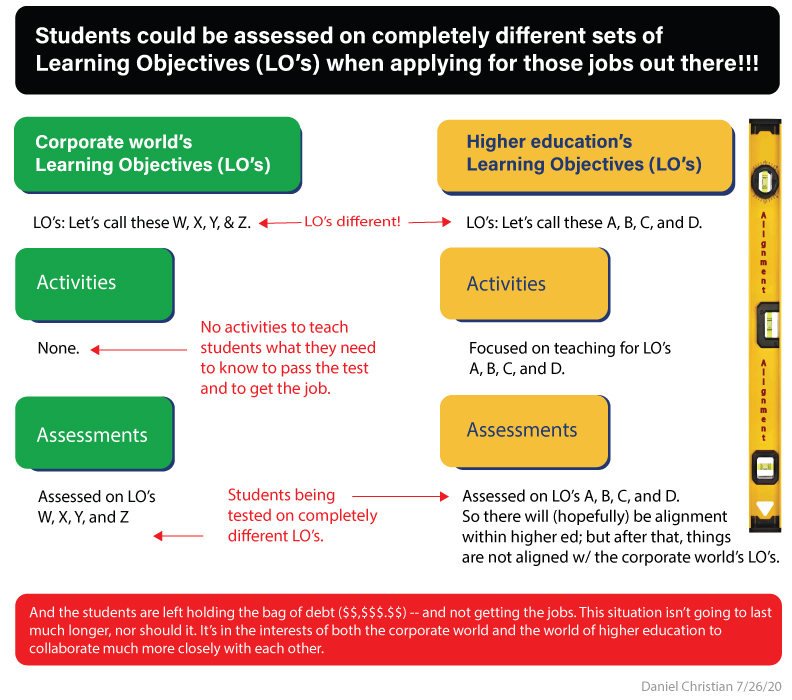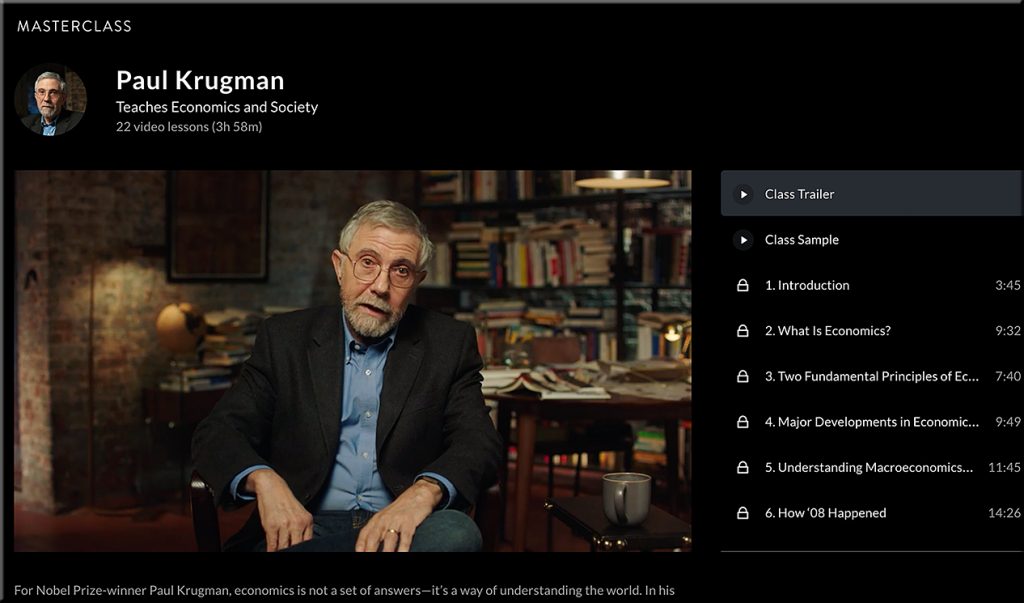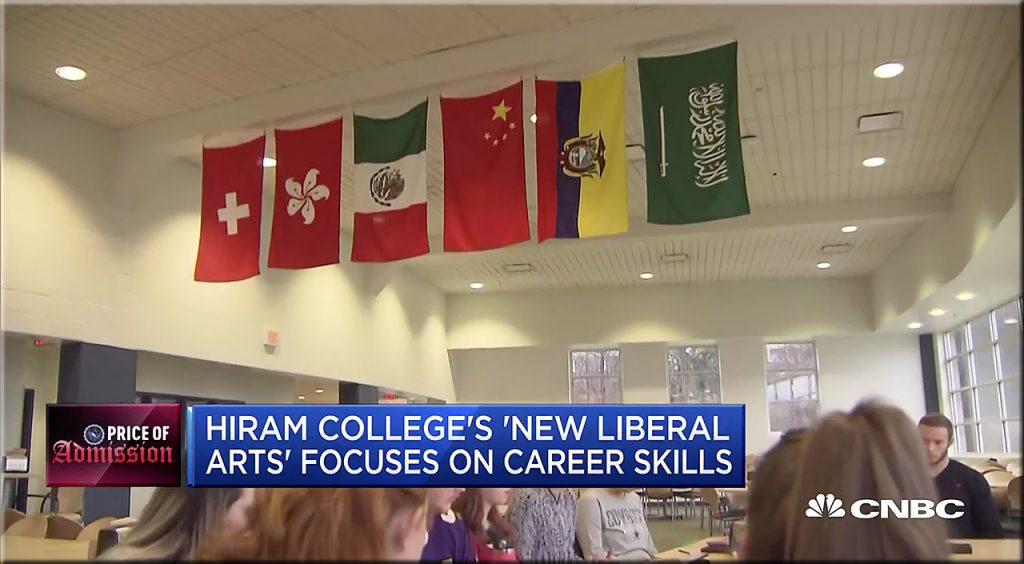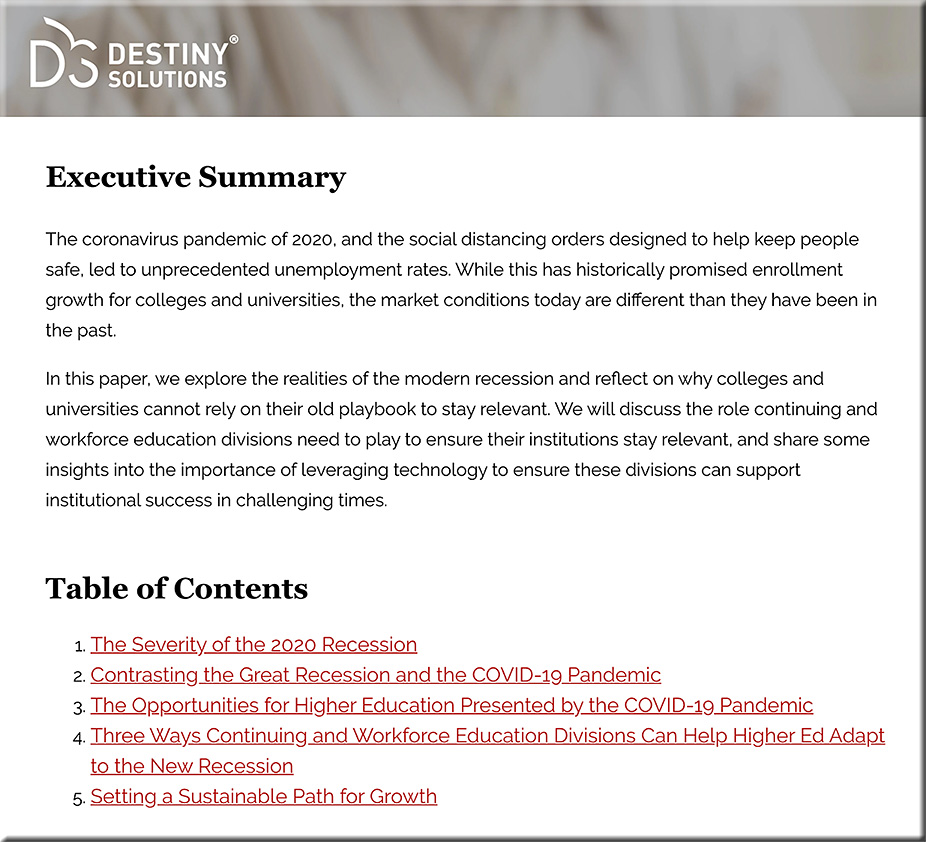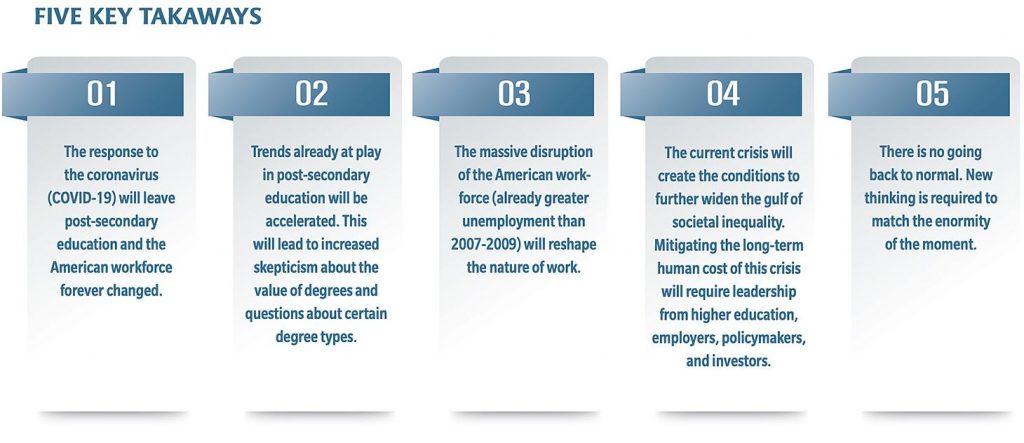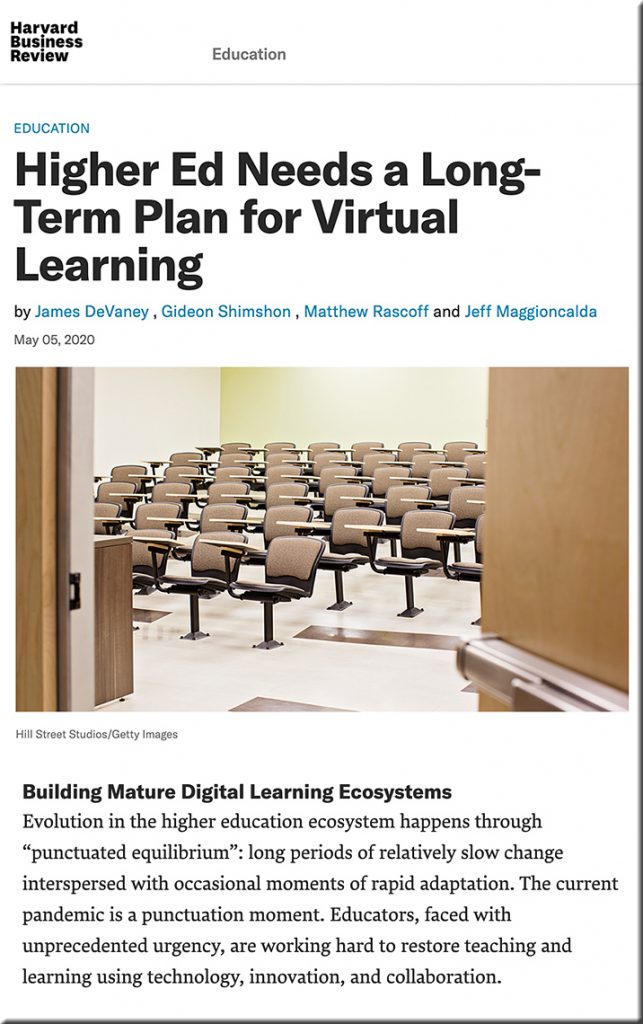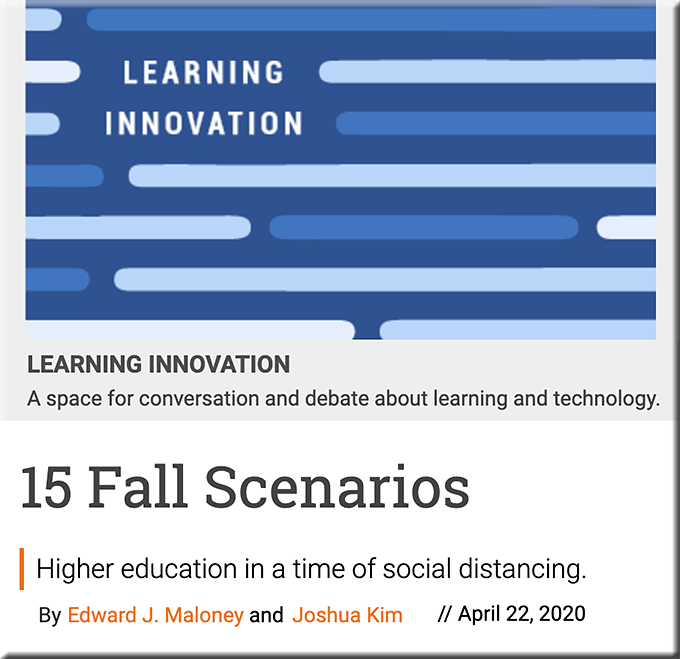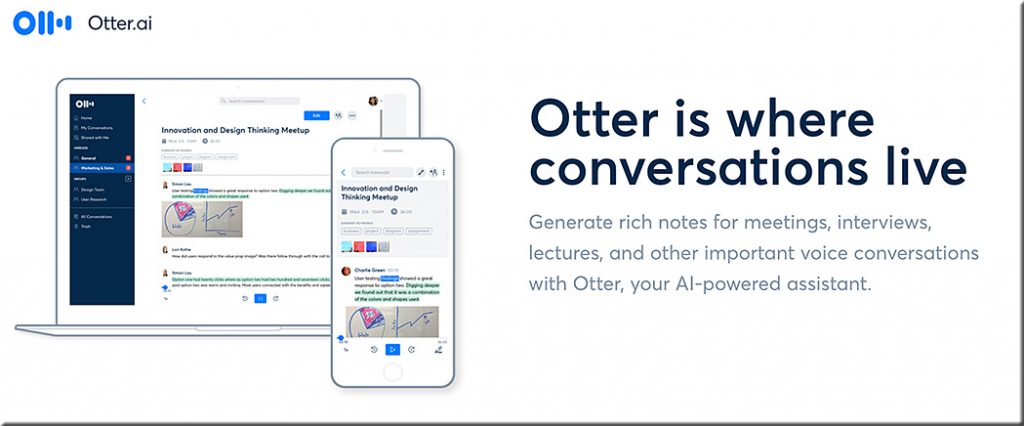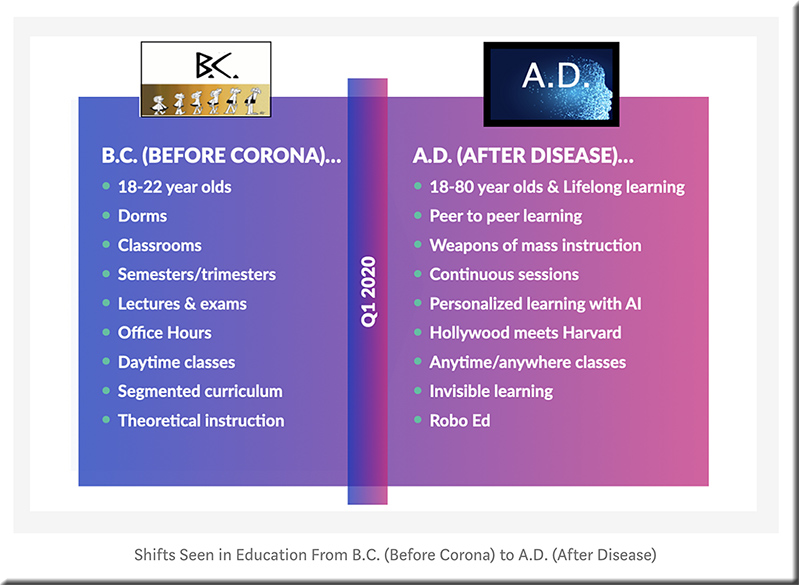First They Came for Adjuncts, Now They’ll Come for Tenure: And who will be left to stop them? — from chronicle.com by Ed Burmila
Excerpts:
If, by their own accord or by caving to outside political pressures, university administrators take the current crisis as an opportunity to eliminate tenure once and for all, who’s going to stop them?
Put another way: Are there enough academic workers with a stake in the tenure system left to defend it?
…
As go the adjuncts and the nonacademic staff today, so go the tenured faculty tomorrow.
It is in the interest of tenured faculty to fight for their non-tenure-track colleagues. But the key question, as The Chronicle’s Emma Pettit asks, is: Will it be too little too late? When contingent labor protested for years about poor working conditions, it did not find many allies willing to fight alongside it. Now the roles are reversed: Tenured faculty will soon need the rest of the profession to help fight attempts to erode tenure.
Addendum on 8/20/20:
Higher ed group offers ideas for supporting contingent faculty — from educationdive.com by Hallie Busta
Dive Brief:
- Support for non-tenure-track faculty members continues to be a concern amid pandemic-related cutbacks and pushback over how some campuses plan to reopen.
- A faculty industry group this week put out a list of principles and recommendations for institutions to protect those instructors, calling for them to get paid sick leave, unemployment benefits, and extended access to rehire or promotion opportunities.
- The ideas come as calls for greater shared governance grow across the sector in light of the ongoing health crisis.









